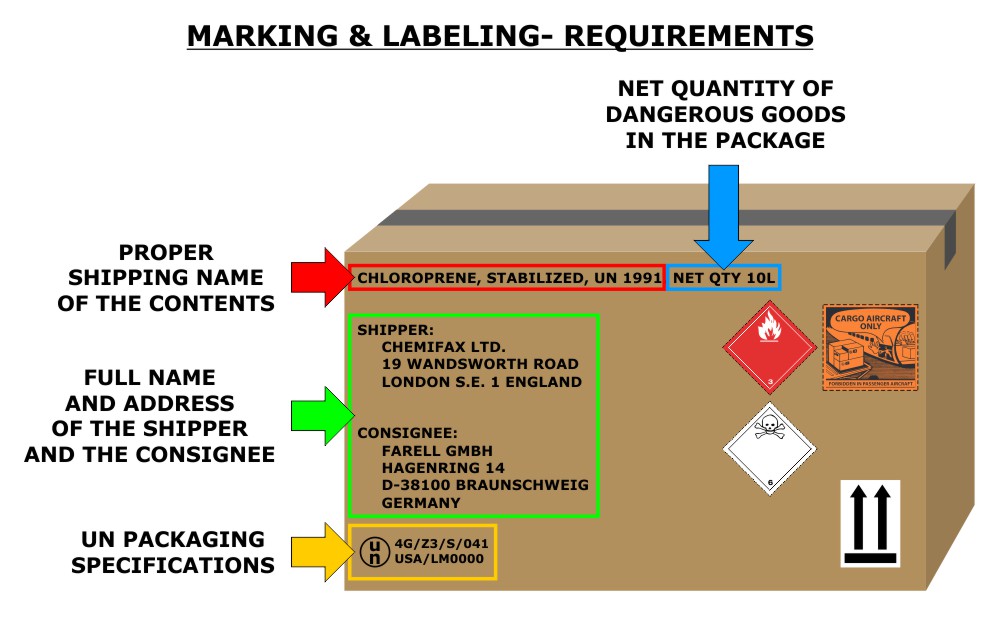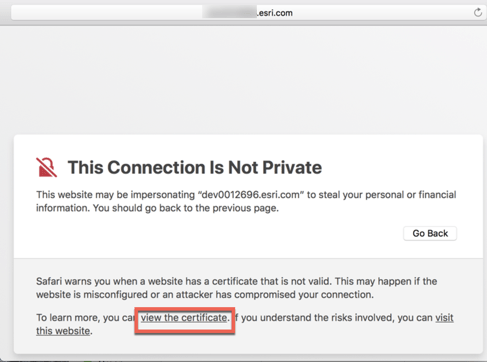Install Client Digital Certificate - Windows Using Chrome

- To verify all certificates installed. Stay in the AUTHORITIES (tab), scroll down to org-U.S. Government, the certificates listed below should be there: DOD EMAIL CA-33 through DOD EMAIL CA-34, DOD EMAIL CA-39 through DOD EMAIL CA-44, DOD EMAIL CA-49 through DOD EMAIL CA-52, DOD EMAIL CA-59. DOD ID CA-33 through DOD ID CA-34.
- In this tutorial we’ll show you how to view a digital certificate in the most common browsers: Safari, Firefox, and Chrome. Checking certificates Here’s what we’ll cover in this piece, in case you’d like to jump to a certain section.
- Ok, let me say it again. Whenever I go to download google chrome, I press the button that says 'Download Chrome'. Literally nothing happens, not even any loading, lagging, etc.No need to repeat. I'm trying to address that exact issue. Try downloading Chrome with Edge.
Install Client Digital Certificate - Windows Using Chrome
Certificate authentication requires your Mac’s time be in sync with the server you are connecting to, so if for some reason your Mac’s time is off, then you may get these errors. To fix this, go to the Date & Time system preferences, and ensure the option to “Set date and time automatically” is checked (click the lock to authenticate if. First, perform the same steps that you did for Chrome and Safari. Afterwards, follow these additional steps to get started. Download All Certs zip and double click to unzip all 39 files; While in Firefox, click “Firefox” on the top left, then “Preferences” Then Click “Advanced” “Certificates” “View Certificates”.
Installing Your PKCS#12 Client Digital Certificate File in Windows Using Chrome
Article Purpose: This article provides step-by-step instructions for installing your certificate in Windows using Internet Explorer 10.If this is not the solution you are looking for, please search for your solution in the search bar above.
Open Google Chrome. Open the menu at the top right corner and select Settings.
Select Show Advanced Settings > Manage Certificates.
Click Import to start the Certificate Import Wizard.
Click Next.
Browse to your downloaded certificate PFX file and click Next. Note: When browsing to your PFX file make sure the file type in the bottom-right of the browse window is changed to Personal Information Exchange, otherwise it will not find your file.
Enter the password you entered when you downloaded the certificate. We recommend you enable the second and third options listed. Click Next.
Let the Certificate Import Wizard determine the best place for the installation. Click Next. Note: In some instances the certificate may not install under Personal. If this is the case then manually select the second option when rerunning the installation.
Click Next. Click Finish.
The certificate is now installed and can be used for network or secure client authentication.
I’ve been using Google Chrome as my primary browser for the last few months. Sorry, Firefox, but with all the stuff I need to work installed, you’re so slow as to be unusable. Up to and including having to force-quit at the end of the day. Chrome starts and stops quickly But that’s not the purpose of this entry. The purpose is how to live with self-signed SSL certificates and Google Chrome.
Let’s say you have a server with a self-signed HTTP SSL certificate. Every time you hit a page, you get a nasty error message. You ignore it once and it’s fine for that browsing session. But when you restart, it’s back. Unlike Firefox, there’s no easy way to say “yes, I know what I’m doing, ignore this.” This is an oversight I wish Chromium would correct, but until they do, we have to hack our way around it.
Caveat: these instructions are written for Mac OS X. PC instructions will be slightly different at PCs don’t have a keychain, and Google Chrome (unlike Firefox) uses the system keychain.
So here’s how to get Google Chrome to play nicely with your self-signed SSL certificate:

On your web server, copy the crt file (in my case, server.crt) over to your Macintosh. I scp'd it to my Desktop for ease of work.** These directions has been updated. Thanks to Josh below for pointing out a slightly easier way.**
In the address bar, click the little lock with the X. This will bring up a small information screen. Click the button that says “Certificate Information.”
Click and drag the image to your desktop. It looks like a little certificate.
Double-click it. This will bring up the Keychain Access utility. Enter your password to unlock it.
Be sure you add the certificate to the System keychain, not the login keychain. Click “Always Trust,” even though this doesn’t seem to do anything.
After it has been added, double-click it. You may have to authenticate again.
Expand the “Trust” section.
- “When using this certificate,” set to “Always Trust”
That’s it! Close Keychain Access and restart Chrome, and your self-signed certificate should be recognized now by the browser.
Chrome For Mac Download Dmg
This is one thing I hope Google/Chromium fixes soon as it should not be this difficult. Self-signed SSL certificates are used **a lot **in the business world, and there should be an easier way for someone who knows what they are doing to be able to ignore this error than copying certificates around and manually adding them to the system keychain.
